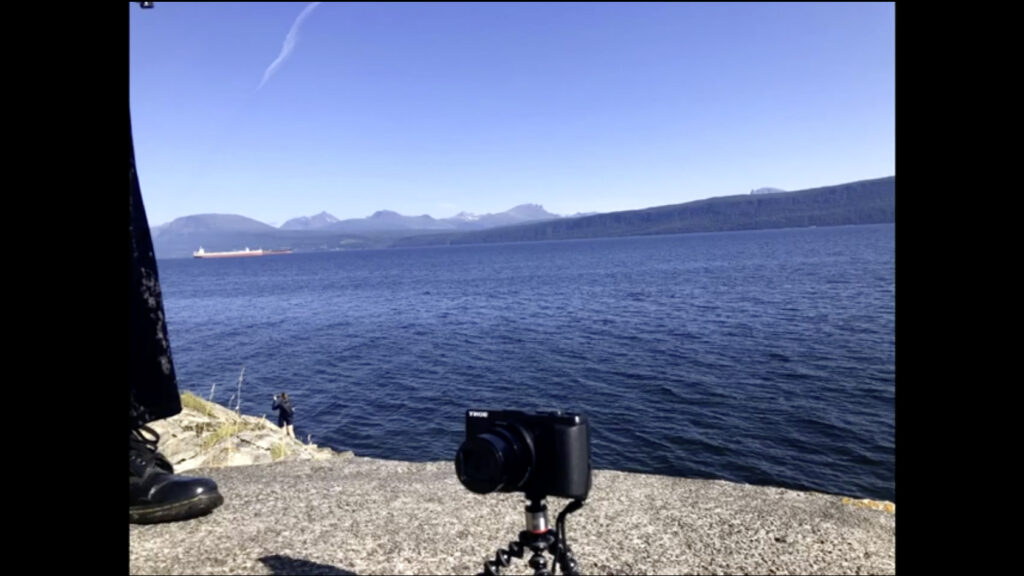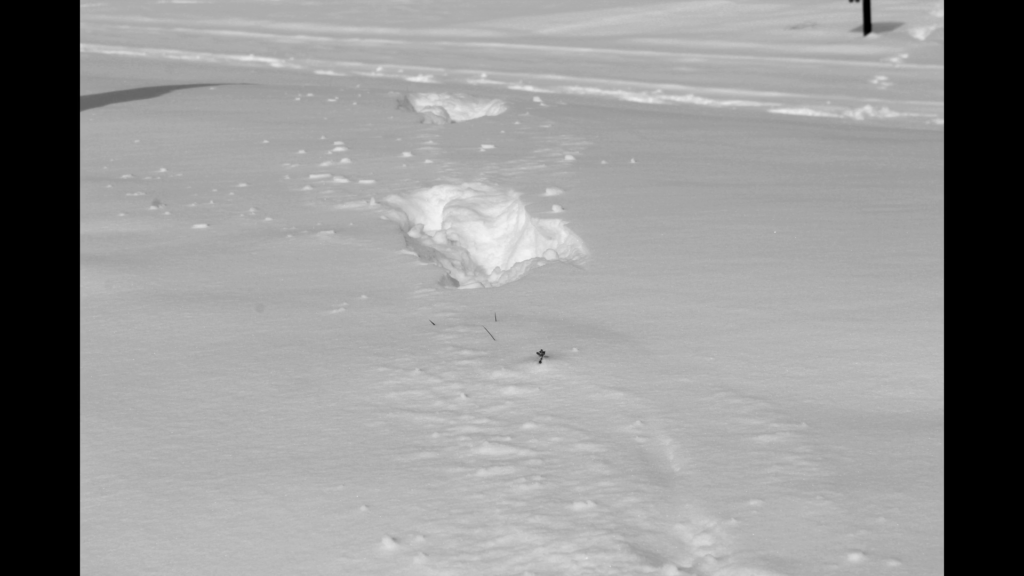Project’s documentation – with films, movies
Code Viking 1942-2021 – Collective Film
The collective film is giving an overview over the whole project. The 22 minutes long video is a compilation of the pictures and texts from the young participants and was finally edited together by Doris Schmid and Janis Westphal.

edited by Doris Schmid and Janis Westphal
Starting with “About me and the topic” and ending with “About me after the trip”, the collective film deals mainly with impressions from Belgrad and Narvik, the further prisoner camps there and includes three short movies from Beisfjord and Bjørnfjell.
Code Viking 1942-2021 – Marina’s movie
One of the project participants had a very personal reason to take part at the „Code Viking 1942-2021“: for Marina Veselinović the story of Yugoslav prisoners and forced laborers, who were deported to Norway by Nazi Germany is not just one of many tragic episodes of the Second World War; this is part of her own family’s history. Milan Stančić, her great-grandfather’s brother was one of these Yugoslavs. As a communist he belonged to a resistance group in his native town Kumane and was trying to oppose the German occupation. Further details of his story are revealed in Marina’s movie. Read more…

Code Viking 1942-2021 – Zorica’s movie
900 of Yugoslavian prisoners were deported to Beisfjord and Bjørnfjell, suffered and died there; just 96 were alive when World War II ended. The names of the victims are to see at the monuments there as well as in Serbia, where many of them came from. What do we know about them? How was their life before the camp and – if they could survive – after the war?
In the film of Zorica Stamenković we can get to know life stories of four Yugoslavian prisoners. Radovan Rajić, a merchant, was first interned in Banjica and then in Vienna. He also was one of the last Yugoslavian detainees, who came to German occupied Norway. There he wrote a diary „Ropstvo u Norveškoj 1942-1945” about the life in the camps, which is a very important testimony on the subject. Read more…
Code Viking 1942-2021 – Jovana’s movie
The film Jovana Perišić is dedicated to one former inmate of the prison camp in Norway – Radovan Rajić. He was held in the camps Stenvik and Ørland, where he was fixating the daily life of prisoners. His diary was published under the title “Ropstvo u Norveškoj (Slavery in Norway) 1942-1945” and this is one of the most important testimonies about the situation in the camps, food and labour, about how the inmates were treated by the guards and local inhabitants. Rajić emphasized that the Norwegians often helped the prisoners and described them positively. After World War II he became president of the Yugoslavian-Norwegian-Society. Read more…
Code Viking 1942-2021 – Veronika’s movie
The film of Veronika Vasilić is based on a biographical approach. It gives us an opportunity to get to know three different, even if equally tragic, life stories of Yugoslavs, suffered under the German occupation in Serbia and then – in the prison camps in Norway.
This topic was rather new to Veronika and even in Serbia itself people don’t know much about this period and about the fact that people from the former Yugoslavia were being taken to German camps in Norway and that most of them never came back. Read more…

Code Viking 1942-2021 – Janetta’s movie
The central figure of Janetta Feldschau Ilievska’s movie is Franz Böhme, a Wehrmacht commander, who was active both in Serbia and in Norway during the war. As Commanding General and Commander of Serbia in 1941, Böhme was responsible for a brutal occupation of this land as well as for mass executions. In 1945 he later became Armed Forces Commander of Norway, where the Wehrmacht devastated the whole area Finnmark. Read more…

Code Viking 1942-2021 – Joshua’s movie
For Joshua Engel the topic of Yugoslavian prisoners in Norway definitely wasn’t completely new: in 2015 he was playing „Das Spiel von Dina und Jovan” on stage. In the center of that theatre project stood the story of two Holocaust survivors from the former Yugoslavia. It turned out, that the father of Jovan, one of the protagonist of the play, was shot in Jajinci, his mother and brother were captured in Saimište and killed in a gas truck – the two places that we can see in the film. So, for Joshua one project intertwined with another one and led him all the way to Serbia. Read more…

As a third German movie you can see Natalie’s – done during the journey in Belgrade – here
Code Viking 1942-2021 – Katharina’s movie
The movie of Katharina Bökenbrink was shot in the north of Norway, at the place of the former prison camps in Beisfjord and Bjørnfjell. It shows a kaleidoscope of natural landscapes, memorials, forgotten remains of the camps, a bunker in Narvik, little details of the monuments. And – what’s important – no text, no commentaries. The movie consists only of music and visual part. Earlier versions of the movie had a voice-over, but for Katharina it just didn’t feel right. Read more…

Code Viking 1942-2021 – Marija’s movie
There were many reasons that brought Marija Stančić into the “Code Viking” project. A Serbian living in Norway, she always had special interest in World War II and was writing a thesis about film: „I felt the project was basically made for me“.
Her footages were made in Norway – we see the remains of former camps, a Soviet monument in Beisfjord, a monument to the Yugoslavian prisoners in Bjørnfjell, a tombstone dedicated to the German soldiers at the Narvik cemetery. At the end of the film there are also memory books near monuments in Beisfjord, where people can leave their messages and thoughts about the past and history of these places. Read more…

Code Viking 1942-2021 – Nora’s movie
As for many participants, the topic of forced labor and prison camps in Norway was rather new to Nora Pedersen. Indeed not so many people are aware of the very existence of such camps and the horrible conditions they had. Through the research in the archives and local libraries she managed to learn more about it and to transmit this knowledge in the film.
But, as she said: „It is not an educational film; it is a film to make you think.” And – I would also say – to make you feel. Nora focused on the nature around the camps. We see calming landscapes of Norway: distant mountains, wind moving the treetops, ants crawling in the grass. These are all places around the Beisfjord camp. Read more…


